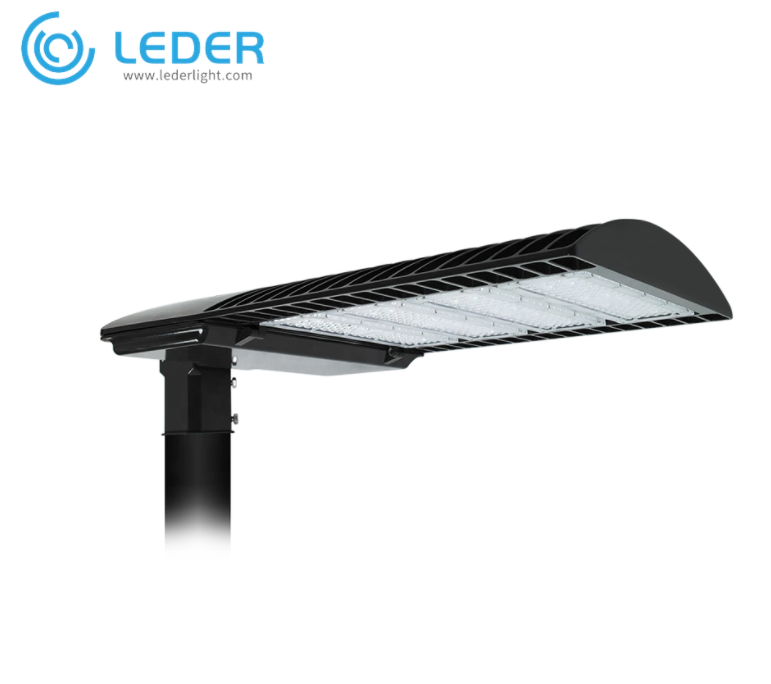
Privacy statement: Your privacy is very important to Us. Our company promises not to disclose your personal information to any external company with out your explicit permission.

Due to the complex working environment of LED Outdoor Lighting fixtures, it is affected by natural conditions such as temperature, ultraviolet rays, humidity, rain, sand, and chemical gases in rainy days. Over time, it will cause serious LED light decay problems. Therefore, in the final consideration, outdoor lighting designers should consider the impact of these external environmental factors on LED outdoor lighting fixtures when designing.

The shell and the heat sink are designed as a whole to solve the heating problem of the LED. This method is better. Generally, aluminum or aluminum alloy, copper or copper alloy, and other alloys with good heat conduction are used. Heat dissipation includes air convection heat dissipation, strong wind cooling heat dissipation and heat pipe heat dissipation. (Air jet cooling is also similar to heat pipe heat dissipation, but the structure is more complicated.) The choice of heat dissipation method has a direct impact on the cost of the lamp and should be integrated. Consider, and choose the best solution in conjunction with the designed product.
The radiator is a very critical component of the LED lamp. Its shape, volume, and heat dissipation surface area must be designed appropriately. The radiator is too small, and the operating temperature of the LED lamp is too high, which affects the luminous efficiency and life span. The radiator is too large. The consumption of materials will increase the cost and weight of the product, which will reduce the competitiveness of the product. Designing a suitable LED light radiator is essential. The design of the radiator has the following parts:
1. Make clear the power required to dissipate the LED light.
2. Some parameters for designing heat sinks: specific heat of metal, thermal conductivity of metal, thermal resistance of chip, thermal resistance of radiator, thermal resistance of ambient air, etc.
3. Determine the type of heat dissipation (natural convection heat dissipation, strong wind cooling, heat pipe heat dissipation, and other heat dissipation methods.) From the cost comparison: natural convection heat dissipation is the lowest cost, strong wind cooling is medium, heat pipe heat dissipation cost is higher, jet cooling The highest cost.
4. Determine the maximum allowable operating temperature of the LED lamp (ambient temperature plus the allowable temperature rise of the lamp),
5. Calculate the volume and heat dissipation area of the radiator. And determine the shape of the radiator.
6. Combine the radiator and the LED lamp to form a complete lamp, and power on for more than eight hours. Check the temperature of the lamp at a room temperature of 39 ℃-40 ℃ to see if it meets the heat dissipation requirements to verify that the calculation is correct, if not If the conditions of use are met, the parameters must be recalculated and adjusted.
The seal between the radiator and the lampshade should be waterproof and dustproof. The anti-aging rubber pad or silicon rubber pad should be placed between the lampshade and the radiator, and the stainless steel bolts should be used to fasten it to ensure the seal is waterproof and dustproof. As well as urban road lighting design standards, this is the most basic knowledge necessary for outdoor lighting designers.

Privacy statement: Your privacy is very important to Us. Our company promises not to disclose your personal information to any external company with out your explicit permission.

Fill in more information so that we can get in touch with you faster
Privacy statement: Your privacy is very important to Us. Our company promises not to disclose your personal information to any external company with out your explicit permission.